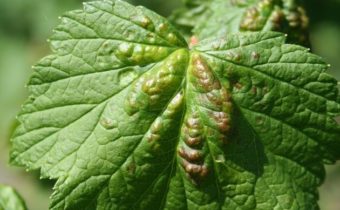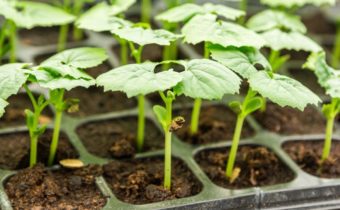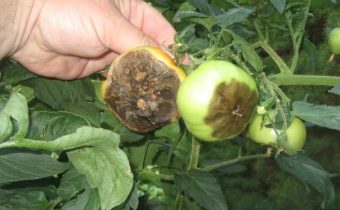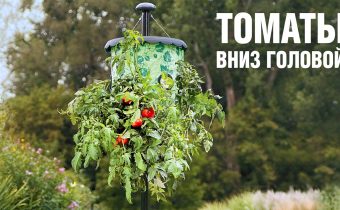Pruning currants in the summer - the secret of a bountiful harvest
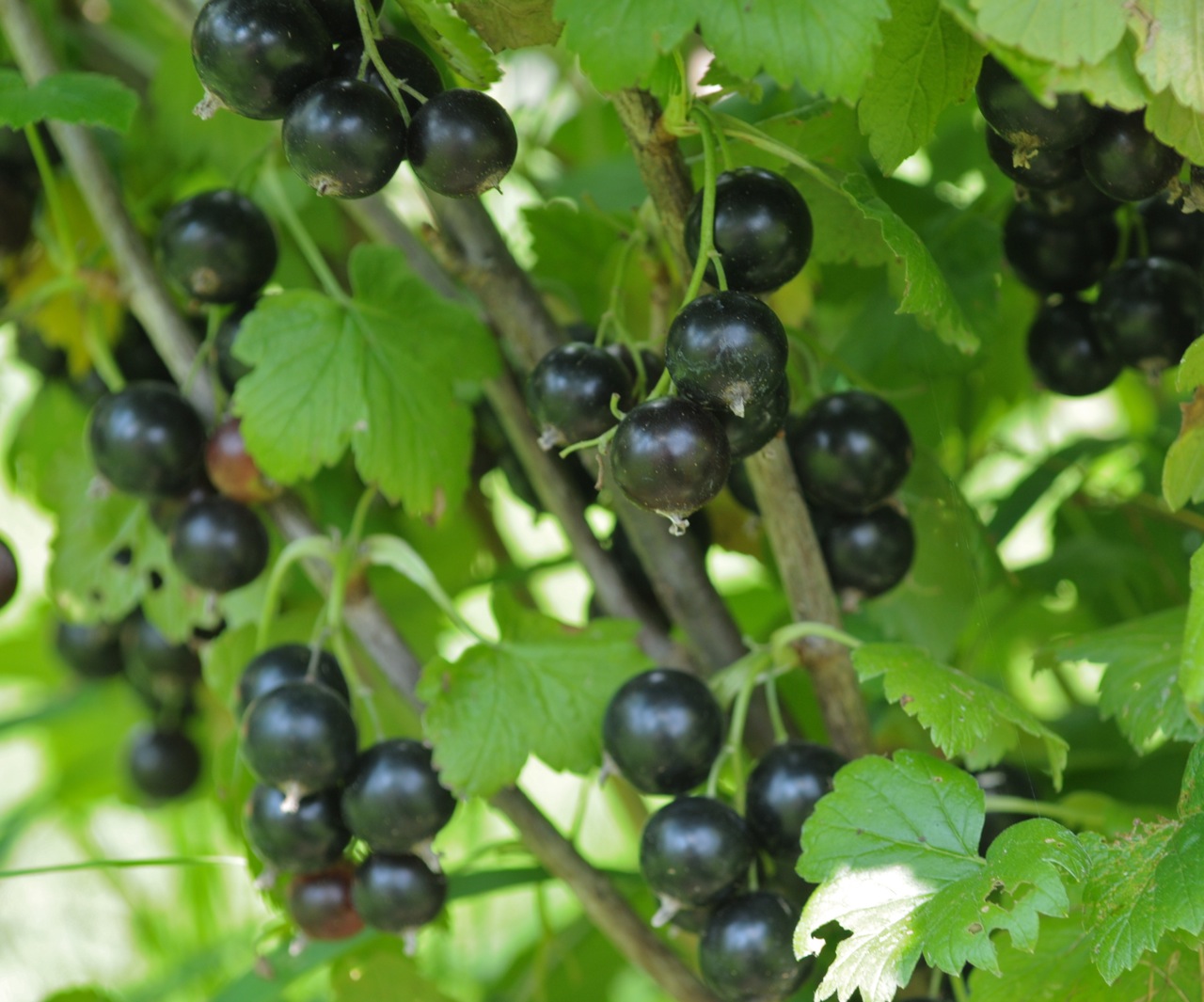
Currants of different species are grown by many gardeners, because it easily adapts to the climate and gives tasty fruits. The bush does not require careful maintenance, but to get a bountiful harvest, you should not forget about summer pruning and the rules for its implementation.
What is needed pruning currants
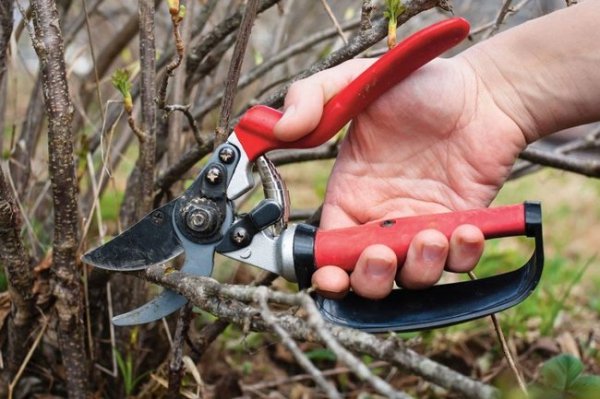
In addition to watering and fertilizing, pruning is an important part of caring for bushy plants. Gardeners distinguish three of its types: sanitary, formative and rejuvenating. Each type of trim has its own purpose and brings a certain result.
Sanitary measures are to clean the sick sheets and branches. This protects the rest of the plant from disease or pests. The name of the forming trim says for itself: its purpose is to give the bush a beautiful, regular shape and not allow it to take up too much space.
For yields currant rejuvenation is most important. It is necessary to annually remove too old shoots, which over time lose their fruitful qualities. It will also allow young stems to grow better and produce more tasty berries. If you regularly pick up certain parts of the currant, the bush will be well-groomed, healthy and give a bountiful harvest for many years.
Post-harvest time
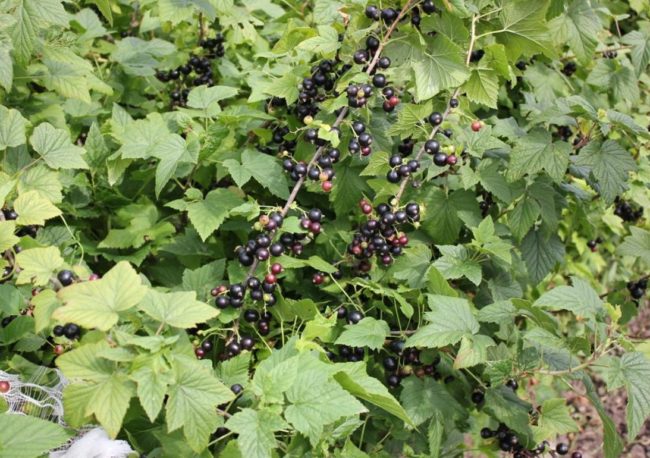
Different types of such treatment are carried out at different times of the year: in spring, summer and autumn. The exact time depends on the climate and the stage of the vegetative development of the plant. For example, in summer this procedure should be carried out immediately after harvesting. You should not wait for the plant to begin preparing for winter.
Gathering the last berries, you should immediately pick up a secateur to remove extra branches. First of all, you need to pay attention to the shoots that obscure the rest of the currant. You shouldn't get too carried away, because the emergence of new stems will be a reaction to pruning, and the bush should spend energy only on thickening the bark for winter.
If you focus on the months, then harvest and remove the extra branches are necessary before the beginning of August. But the timing should be adjusted in accordance with weather conditions.
Step by step pruning bush
It is important to perform all actions carefully and carefully so as not to damage the healthy parts of the plant.
- Prepare the necessary tools: garden shears, pruner and brush cutter. All blades should be sharpened and wiped with a light solution of potassium permanganate or alcohol. This will keep the cutting tools clean and not spreading the disease around the garden.
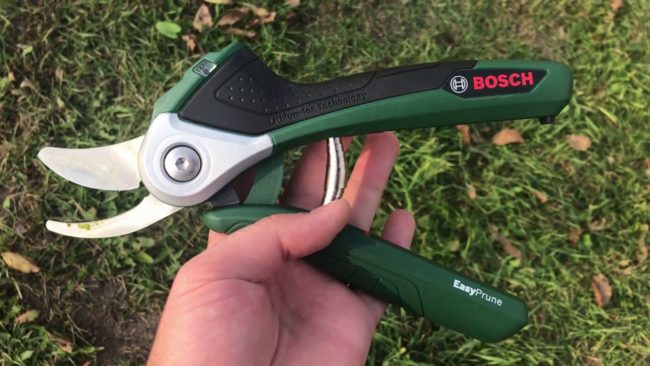
- Carefully inspect the bush and identify branches with such signs: bark with a brown or gray patina, spots on the foliage, dried parts, the lack of annual growth from above, a weak or dry stem.

- Remove all damaged and diseased shoots, making a cut above the bud at an angle of 45-50 degrees. Choose the right place, focusing on the scheme.
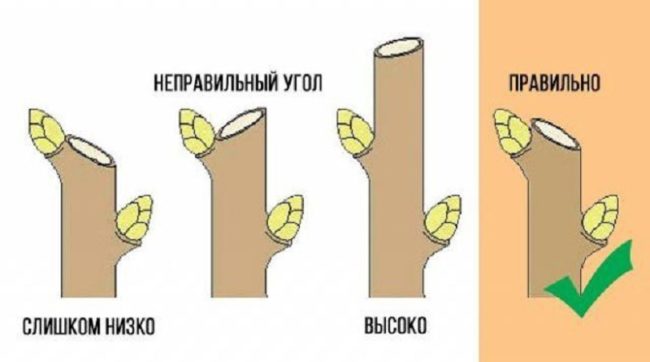
- To process large sections of the garden pitch and spray the crown with a special tool: Fitoverm, Fufanon or Skor. This will protect the plant from parasites and diseases.
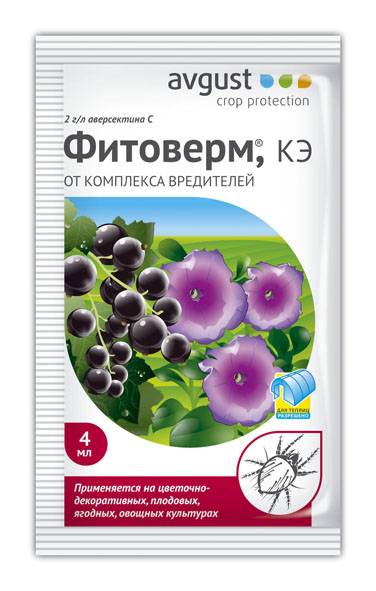
- Sprinkle the shrubs with organic fertilizer. Compost and mullein infusion will do.
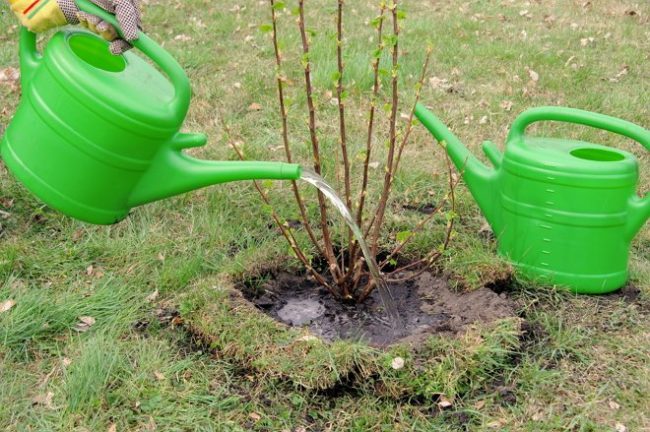
It is worth noting that different types of currants need different pruning.In the case of red and white berries, it can be reduced to a minimum, since even six-year-old shoots bear fruit well, and the ovaries appear in the old part and near the annual growth. For black currant procedure is a prerequisite for a bountiful harvest. Branches often need to rejuvenate, shorten and remove at the slightest damage.
With the help of pruning can prolong the life of currant shrubs up to 15 years. In this case, the shoots will always look beautiful and give delicious fruit.



